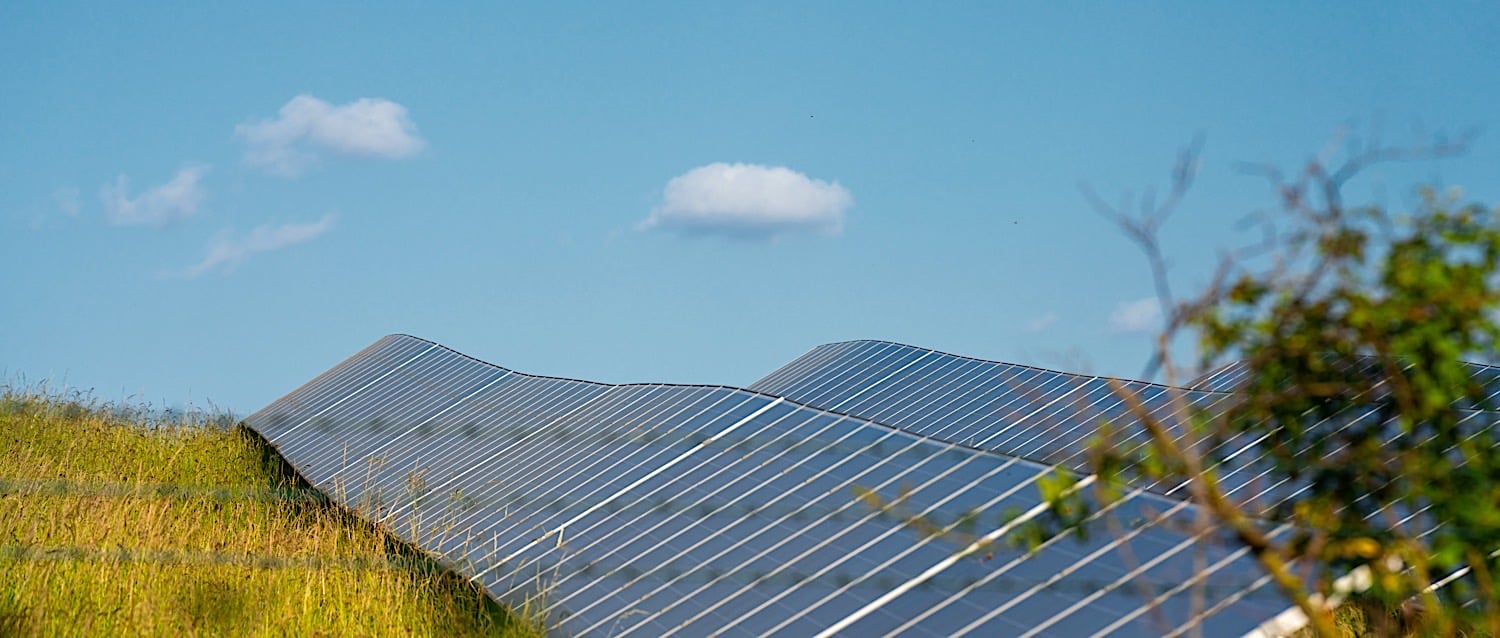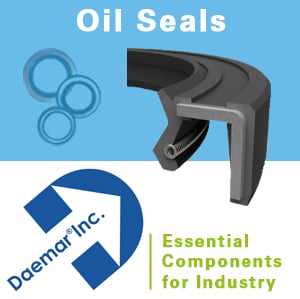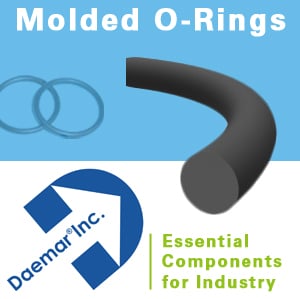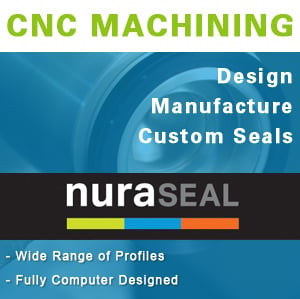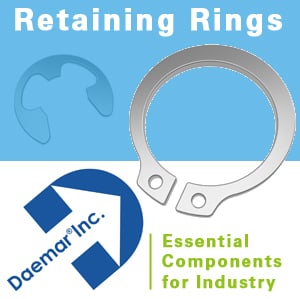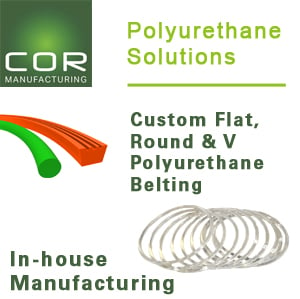Why These Revolutionary Materials Could Transform the Solar Energy Industry
Perovskite Solar Cells promise transformation in an industry already flush with growth. With increased efficiency, lower theoretical cost of production, and lighter weight and flexibility, Perovskite are positioned to transform the sector.
Why Does this matter? Aside from flexibility, and the potential to apply to diverse surfaces, such as vehicles and even clothing, the costs of production are potentially lower. As the global demand for renewable energy surges, perovskite solar cells (PSCs) are emerging as a groundbreaking technology to redefine efficiency and accessibility in solar energy. With the potential to outperform traditional silicon-based solar panels, PSCs could revolutionize how we harness the sun’s power.

Quick Facts: Perovskite Solar Cells
✅ Efficiency:
- 26.1% (single-junction, 2024) | 33.9% (tandem w/silicon, 2023).
- Fastest-improving solar tech (3% in 2009 → 26% today).
Cost & Production:
- Print like ink – Potential cost: <$0.10/Watt (vs. silicon’s ~$0.30).
- Key Players: Oxford PV, Saule Tech, Swift Solar.
Sustainability:
- Lower energy to produce vs. silicon.
- Recyclable designs in development for lead-free versions.
⚠️ Challenges:
- Durability: Now 1,500+ hours (goal: 20+ years like silicon).
- Scaling: Pilot lines active (commercial by 2025-27).
Future Apps:
- Solar windows, space missions, wearable chargers.
What Are Perovskite Solar Cells?
Perovskites are a class of crystalline materials characterized by their unique ABX₃ structure. This distinctive design enables them to absorb light efficiently, making them ideal for solar energy applications. Unlike silicon, which dominates the current solar market, perovskites boast exceptional versatility.
Advantages Over Silicon:
- Higher Theoretical Efficiency: Perovskites have the potential for efficiencies exceeding 33%, compared to silicon’s ~29% maximum.
- Thin, Lightweight, and Flexible: PSCs can be applied to diverse surfaces, such as the facades of buildings, vehicles, or even clothing, making them more adaptable than rigid silicon panels.
- Low-Cost Manufacturing: Perovskite cells can be solution-processed using techniques like inkjet printing or roll-to-roll production, significantly reducing production costs compared to the traditional silicon wafer method.
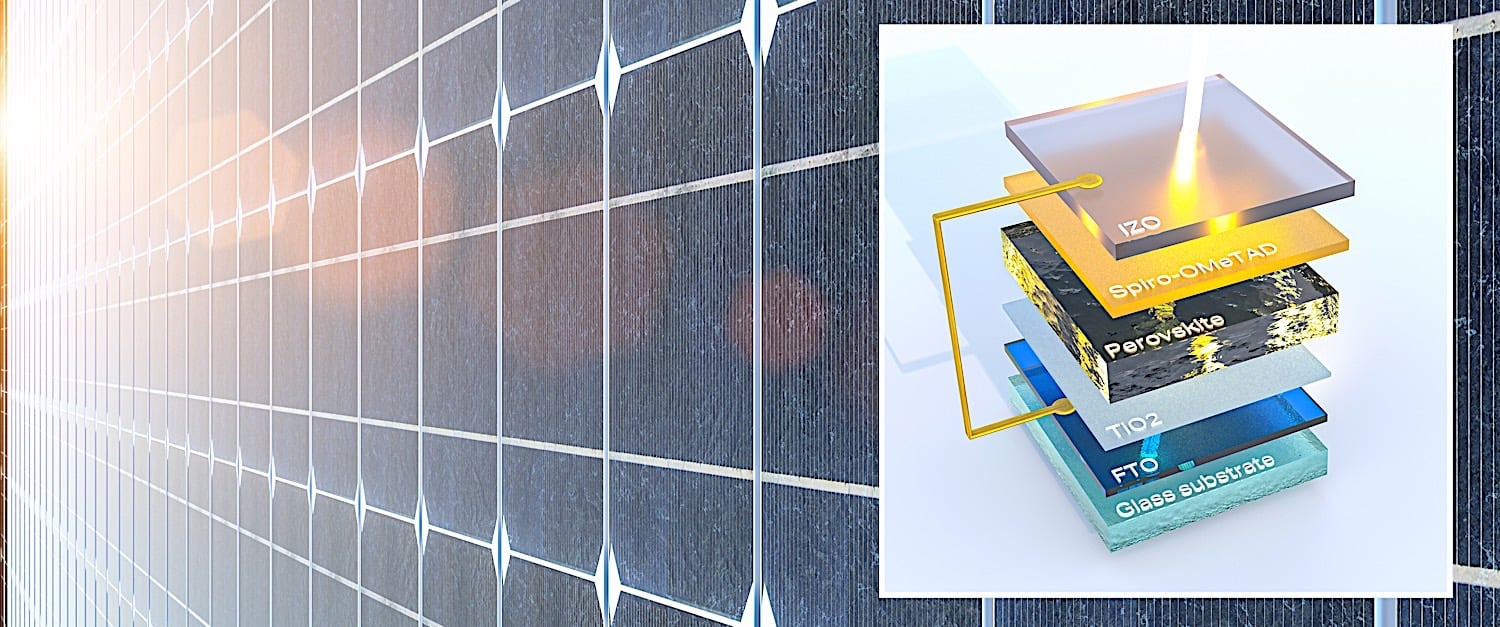
Recent Breakthroughs
Efficiency Records:
The efficiency of PSCs has made remarkable strides in recent years, solidifying their place as a competitive alternative to silicon.
- Single-Junction PSCs: In 2024, researchers at Nanjing University achieved an efficiency of 26.1%, bringing PSCs close to silicon’s limits.
- Tandem PSCs: By combining perovskite with silicon, KAUST researchers reached a groundbreaking efficiency of 33.9% in 2023, surpassing the theoretical limit of silicon alone.
Material Innovations:
Advancements in manufacturing processes and material stability have addressed some of the initial shortcomings of PSCs, such as degradation under sunlight. New formulations and encapsulation techniques have improved their durability, extending their lifespan to rival silicon panels.
Scaling Up Production:
Pilot projects and manufacturing initiatives are now focused on scaling up production of PSCs. Efforts are underway to transition from laboratory research to large-scale commercial applications, enabling widespread adoption of this technology.
Challenges Ahead
Despite their promising potential, PSCs face hurdles that need attention before they can fully disrupt the market.
- Longevity: While strides have been made, PSCs still suffer from shorter lifespans compared to silicon panels, especially under prolonged exposure to moisture and UV light.
- Environmental Concerns: Many perovskite formulations include lead, raising concerns about toxicity and disposal. Research into lead-free alternatives is ongoing.
- Commercial Viability: Achieving consistent quality in mass production remains a challenge, requiring further refinement of manufacturing techniques.
The Future of Perovskite Solar Cells
The future of PSCs looks bright, with global investment and collaboration driving innovation. As research addresses current barriers, the widespread integration of PSCs into existing solar technologies seems inevitable. Combined with traditional silicon panels in tandem cells, perovskites could boost overall efficiency while reducing costs, paving the way for solar energy to become more accessible worldwide.
Final Observations
Perovskite solar cells represent one of the most exciting advancements in renewable energy. Their outstanding efficiency, adaptability, and affordability have the potential to reshape the solar landscape, offering solutions to meet the increasing demand for clean energy. While challenges remain, the ongoing progress in research and development ensures that PSCs are on track to become a cornerstone of sustainable energy solutions in the decades to come.
Citations & Sources
Academic Papers & Reports
- Record Efficiency (2024):
- Kim, G., et al. (2024). *”26.1%-efficient monolithic perovskite solar cells.”* Nature Energy.
- DOI: 10.1038/s41560-024-01499-6
- Tandem Cells (2023):
- Al-Ashouri, A., et al. (2023). *”33.9%-efficient perovskite/silicon tandem solar cells.”* Science.
- DOI: 10.1126/science.abd4016
- Stability Advances:
- Wang, R., et al. (2024). *”2D/3D perovskite heterostructures for >1,500-hour stable solar cells.”* Advanced Materials.
- DOI: 10.1002/adma.202311234
Industry & News Sources
- Commercialization:
- Oxford PV’s roadmap: Oxford PV Press Release (2024)
- Saule Tech’s products: Saule Technologies
- Market Forecasts:
- Emergen Research. (2023). Perovskite Solar Cell Market Report.
- Link: Emergen Research
- Manufacturing Innovations:
- MIT (2023). “Roll-to-roll printed perovskites.” Joule.
- DOI: 10.1016/j.joule.2023.05.003

